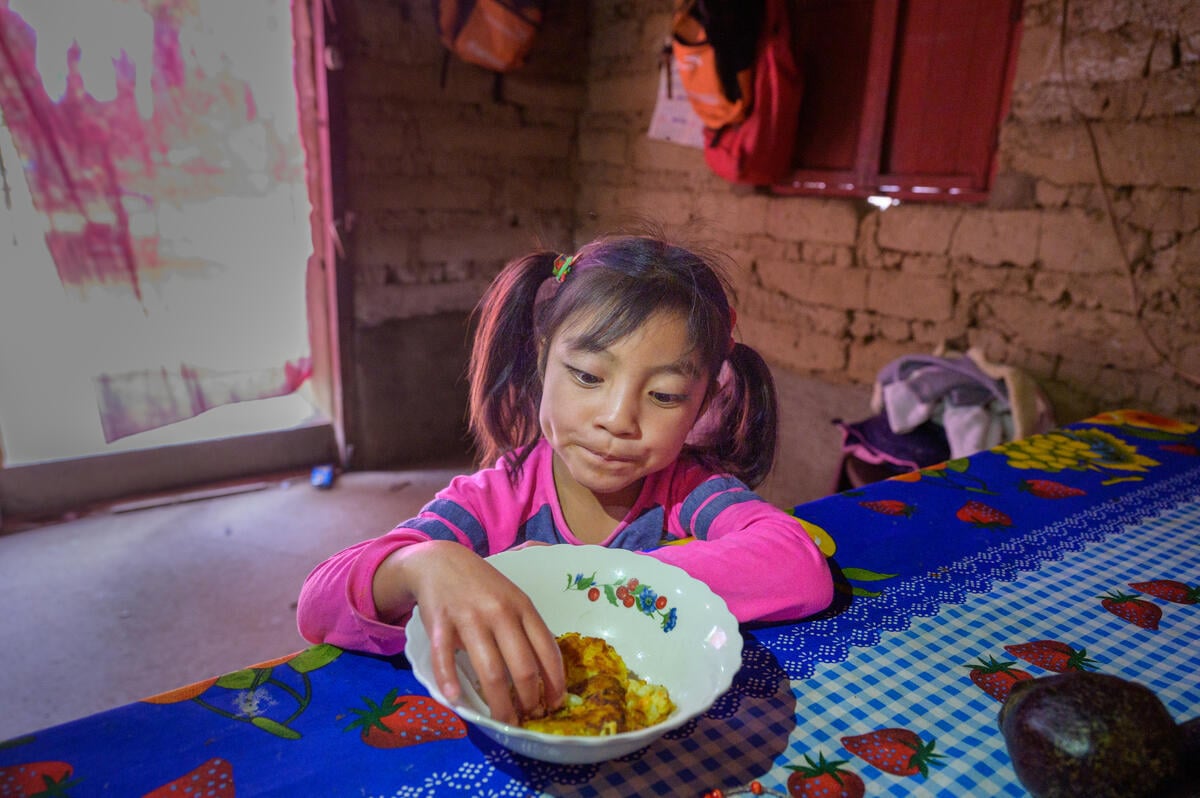Millions struggle to afford food as prices climb in the poorest countries, World Vision warns
Media Contact :
March 18, 2025
Public Relations Manager
[email protected]
m 253-298-8913
Media Contact :
March 18, 2025
Public Relations Manager
[email protected]
m 253-298-8913

SEATTLE (March 18, 2025) – A new report from global Christian humanitarian organization World Vision reveals that soaring food prices are worsening hunger in the world’s most vulnerable communities. Despite some signs of price stabilization in wealthier nations, families in fragile and conflict-affected regions are struggling more than ever to afford basic nutrition.
The report, which analyzes food affordability across 77 countries where World Vision works, finds that in 16 countries, a person would have to work for more than a week to afford a basket of 10 common food items. Worldwide,300 million people are experiencing acute hunger, with the vast majority living in conflict zones and fragile economies. In countries such as Sudan and Burundi, the cost of essential food items has soared, forcing families to make impossible choices between eating, healthcare, and education.
“The world is experiencing a hunger pandemic,” said Amanda Rives, senior director of disaster management at World Vision. “For millions of families, food is not just expensive, it is out of reach. No child should go to bed hungry in a world that produces more than enough food for everyone.”
Key findings from the 2025 report:
World Vision’s analysis identifies conflict, extreme weather events, and economic instability as the primary drivers of rising food insecurity. The ongoing war in Sudan, prolonged droughts in the Horn of Africa and the economic fallout of global inflation have all contributed to worsening conditions in Africa, where the hunger crisis is at its worst. Countries dependent on agriculture and imports have been particularly hard hit, with food prices increasing by up to 50% year over year in some regions.
“We are at a breaking point,” said Rives. “Governments and the global community must fulfill the commitments they have made and act now to scale up food aid, support smallholder farmers and invest in long-term solutions to prevent millions … from falling into famine.”
About the report
In response to the global hunger crisis, World Vision has been conducting an annual food price survey since 2021, both monitoring year-over-year fluctuations in food prices and comparing the cost of a standard food basket in terms of hours worked between countries. This report is the fourth iteration of our annual survey and includes data from nearly 80 countries where World Vision works.
Survey data is collected by World Vision staff and volunteers. They collected local prices for a food basket of 10 common food items: 1 kilogram of bananas, 1 kilogram of rice, 1 kilogram of wheat flour, 1 kilogram of raw sugar, 1 kilogram of corn, a dozen eggs, 1 liter of cooking oil, one raw chicken, 1 kilogram of tomatoes, and 1 liter of fresh milk.
Data is collected twice a year, in May and September. Each round of data collection has taken place in a range of locations across each country, including rural and urban locations and formal and informal markets. To compare prices across countries, the total cost of the food baskets was converted to U.S. dollars using current currency exchange rates, then converted to purchasing power parity (PPP) exchange rates. These prices were then compared to each country’s gross national income (GNI) PPP per capita to calculate the amount of time required to afford the common food items in each country. Results assume an 8-hour workday.
Full report available here.
About World Vision:
World Vision is a Christian humanitarian organization dedicated to working with children, families and their communities worldwide to reach their full potential by tackling the causes of poverty and injustice. Motivated by our faith in Jesus Christ, we serve alongside the poor and oppressed as a demonstration of God’s unconditional love for all people. World Vision serves all people, regardless of religion, race, ethnicity or gender. For more information, visit worldvision.org or follow on X @WorldVisionUSA.